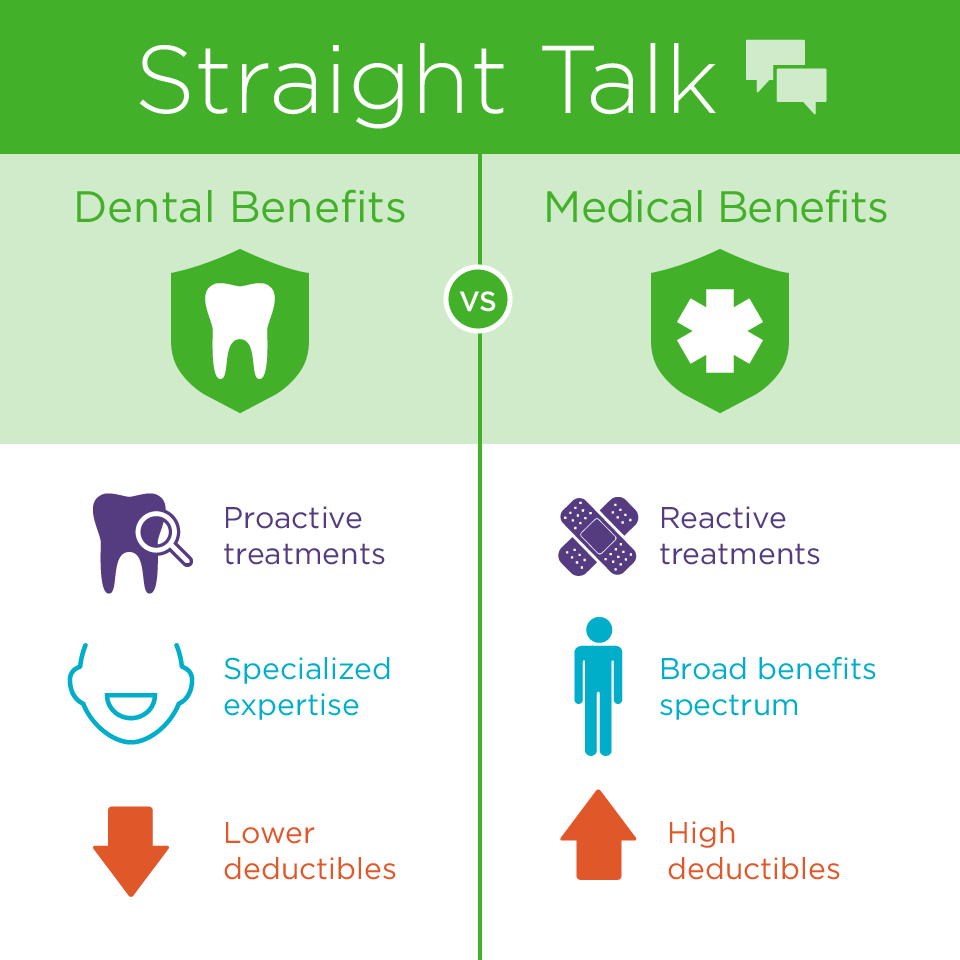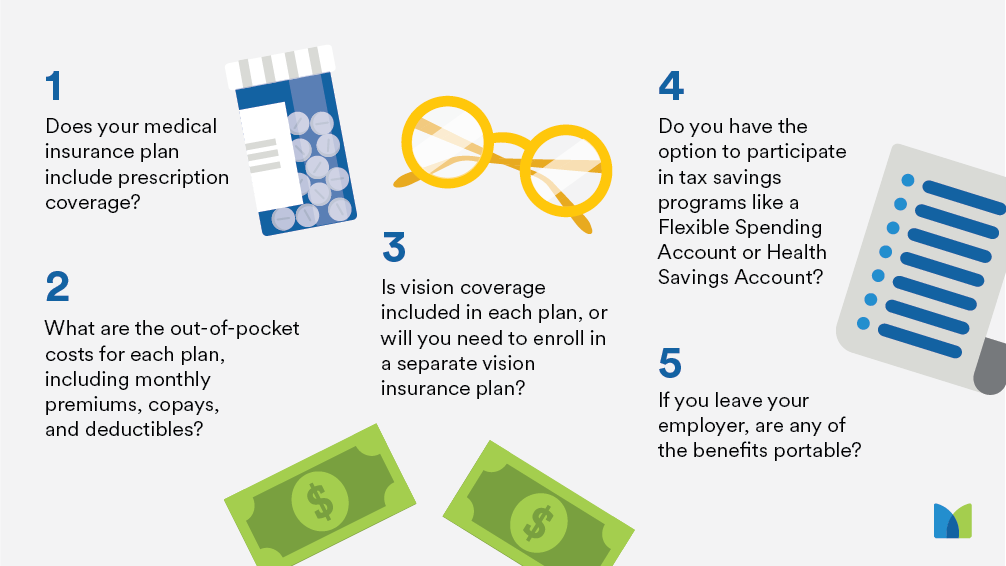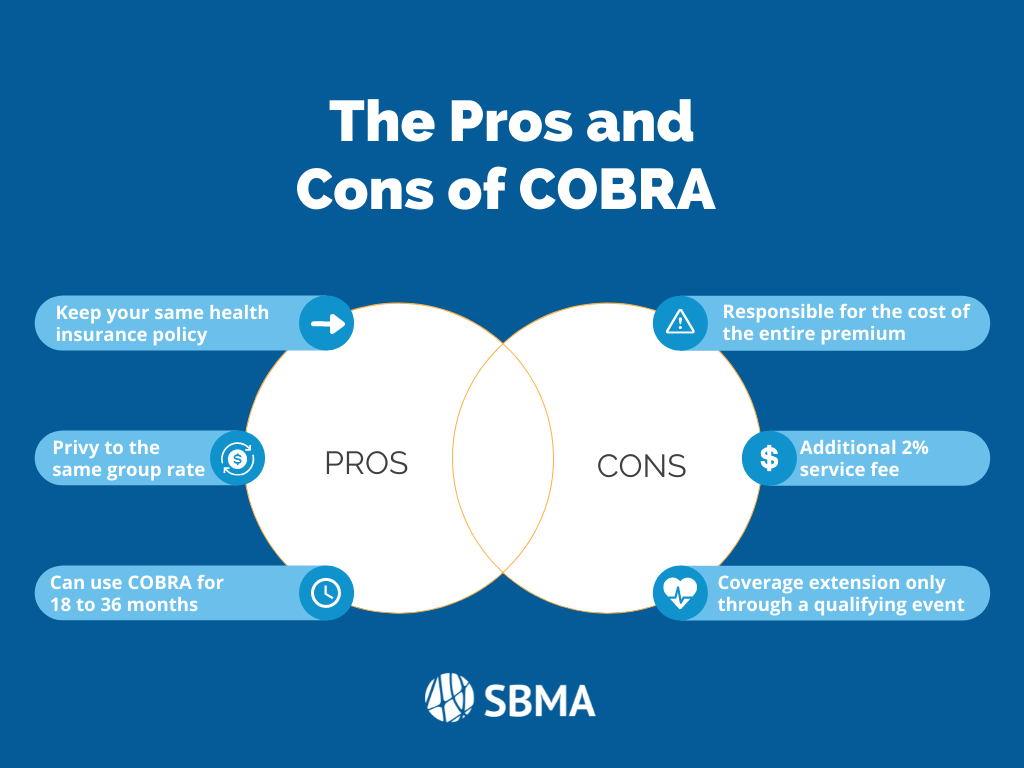10 Simple Techniques For Medicare Advantage Agent
Table of ContentsMedicare Advantage Agent - QuestionsMedicare Advantage Agent - An OverviewGet This Report on Medicare Advantage Agent

adheres to from puzzling the fairly young age account of the uninsured with the better health, usually, of more youthful persons. This covers the web link in between health standing and health and wellness insurance. For those without access to workplace medical insurance, poor wellness is a prospective obstacle to acquiring nongroup coverage since such insurance coverage might be highly valued, exclude pre-existing problems, or be just inaccessible. The variety of uninsured Americans is not particularly huge and has actually not changed in the last few years. Seven out of 10 respondents in a country wide representative survey thought that less Americans did not have medical insurance than in fact do(Fronstin, 1998). About half(47 percent )believed that the number of individuals without health and wellness insurance policy lowered or stayed consistent over the latter fifty percent of the last years(Blendon et al., 1999). This drop of virtually 2 million in the number of people 'without insurance coverage (a reduction
of around 4 percent)is absolutely a positive change. With a softer economic climate in 2000 the most up to date reported gains in insurance protection may not proceed(Fronstin, 2001 ). The decline in the number of uninsured will certainly not proceed if the economic situation continues to be slow and wellness care prices continue to outpace inflation. This is because the data were accumulated for a duration of strong economic efficiency. Of the estimated 42 million people that were uninsured, just about concerning 420,000(regarding 1 percent)were under 65 years of age, the age at which most Americans end up being qualified for Medicare; 32 million were grownups between ages 18 and 65, around 19 percent of all grownups in this age; and 10 million were youngsters under 18 years of age, about 13.9 percent of all kids (Mills, 2000). These estimates of the number of persons without insurance are created from the yearly March Supplement to the Existing Population Survey (CPS), carried out by the Demographics Bureau. Unless or else kept in mind, nationwide estimates of people without wellness insurance policy and percentages of the populace with different kinds of coverage are based upon the CPS, one of the most extensively utilized resource of estimates of insurance policy coverage and uninsurance rates. These studies and the price quotes they produce are defined briefly in Table B. 1 in Appendix B - Medicare Advantage Agent. These surveys vary in dimension and tasting methods, the questions that are asked regarding insurance coverage
Some Ideas on Medicare Advantage Agent You Need To Know
insurance coverage, and the moment duration over which insurance protection or uninsurance is measured(Lewis et al., 1998, Fronstin, 2000a ). Still, the CPS is specifically helpful because it produces annual price quotes fairly quickly, reporting the previous year's insurance coverage approximates each September, and since it is the basis for a constant set of quotes for even more than two decades, allowing for analysis of patterns in protection in time.

Not known Facts About Medicare Advantage Agent
Over a three-year duration starting early in 1993, 72 million people, 29 percent of the united state populace, lacked insurance coverage for a minimum of one month. Within a solitary year(1994), 53 million people experienced a minimum of a month without insurance coverage(Bennefield, 1998a). Six out of every 10 without insurance grownups are themselves utilized. Working does enhance the chance that one and one's household members will have insurance coverage, it is not a guarantee. Even members of family members with two full time wage earners have almost a one-in-ten possibility of being without insurance (9.1 percent without insurance rate)(Hoffman and Pohl, 2000 ). The connection in between health and wellness insurance coverage and accessibility to care is well established, as recorded later in this chapter. The partnership in between health insurance coverage and wellness results is neither straight nor easy, a considerable clinical and health and wellness solutions study literary works links health insurance policy protection
to improved access accessibility care, better quality, and improved boosted individual population populace wellnessStanding The second report, on personal health and wellness results for uninsured grownups, is stood for by the inner circle of the number, while the third record, on household health, encompasses the subjects of the second record but stresses a various system of evaluation, specifically, the family. The sixth report in the series will certainly present info regarding strategies and campaigns taken on in your area, statewide, or nationally to resolve the absence of insurance policy and its damaging influences. Degrees of evaluation for examining the impacts of uninsurance. This discussion of medical insurance coverage concentrates mainly on the united state populace under age 65 due to the fact that basically all Americans 65 and older have Medicare or other public protection.
It concentrates particularly on those without any wellness insurance policy for any size of time. The troubles faced by the underinsured remain in some areas similar to those dealt with by the without insurance, although they are normally much less extreme. Uninsurance and underinsurance, however, entail noticeably various plan problems, and the strategies for addressing them may differ. Throughout this research and the 5 reports to comply with, the major emphasis is on persons with no health and wellness insurance coverage and therefore no aid in spending for healthcare past what is available via charity and security net institutions. Medical insurance is a powerful aspect impacting receipt of care because both patients and physicians react to the out-of-pocket price of solutions. Medical insurance, nonetheless, is neither necessary nor adequate to access to medical solutions. The independent and straight impact of wellness
insurance insurance policy protection access accessibility health services is well establishedDeveloped Others will get the health treatment they require even without medical insurance, by paying for it expense or seeking it from suppliers that provide treatment free or at highly subsidized rates. For still others, health insurance alone does not guarantee receipt of treatment due to other nonfinancial obstacles, such as an absence of health care suppliers in their community, restricted accessibility to transportation, illiteracy, or etymological and social distinctions. Formal study concerning uninsured populations in the USA dates to the late 1920s and early 1930s when the Board on the Cost of Treatment created a series of reports about financing medical professional workplace brows through and hospital stays. This concern ended up being salient as the numbers of medically indigent climbed up during the Great Clinical depression. Empirical researches continually sustain the navigate to these guys web link in between accessibility to care and boosted health and wellness outcomes(Bindman et al., 1995; Starfield, 1995 ). Having a normal resource of care can be taken into consideration a predictor of accessibility, instead of a straight step of it, when wellness outcomes are themselves used as gain access to indications. This extension of the notion web of access dimension was made by the IOM Board on Keeping An Eye On Access to Personal Wellness Care Provider(Millman, 1993, p. Whether or not moms and dads are insured shows up to influence whether or not their kids get care as well as how much careeven if the youngsters themselves have protection(Hanson, 1998). The health of moms and dads can influence their ability to care for their children and the level of household anxiety. Bothering with their kids's accessibility to care is itself a resource of stress and anxiety for moms and dads. Three phases comply with in this report. Chapter 2 supplies an introduction of how employment-based medical insurance, public programs and private insurance policy policies run and engage to supply comprehensive however insufficient coverage of the united state populace. This includes a testimonial of historic patterns and public policies impacting both public and personal insurance policy, a discussion of the communications amongst the various kinds of insurance coverage, and an examination of why individuals move from one program to an additional or end up
